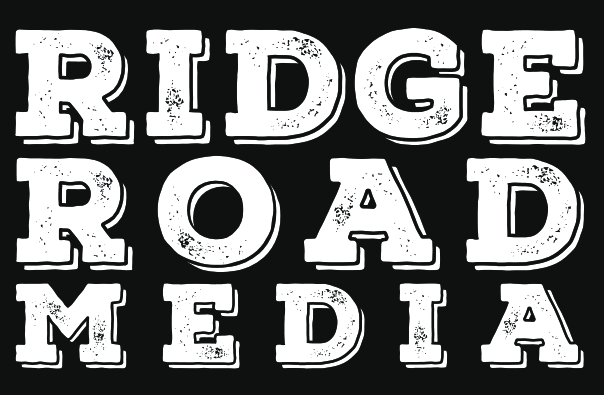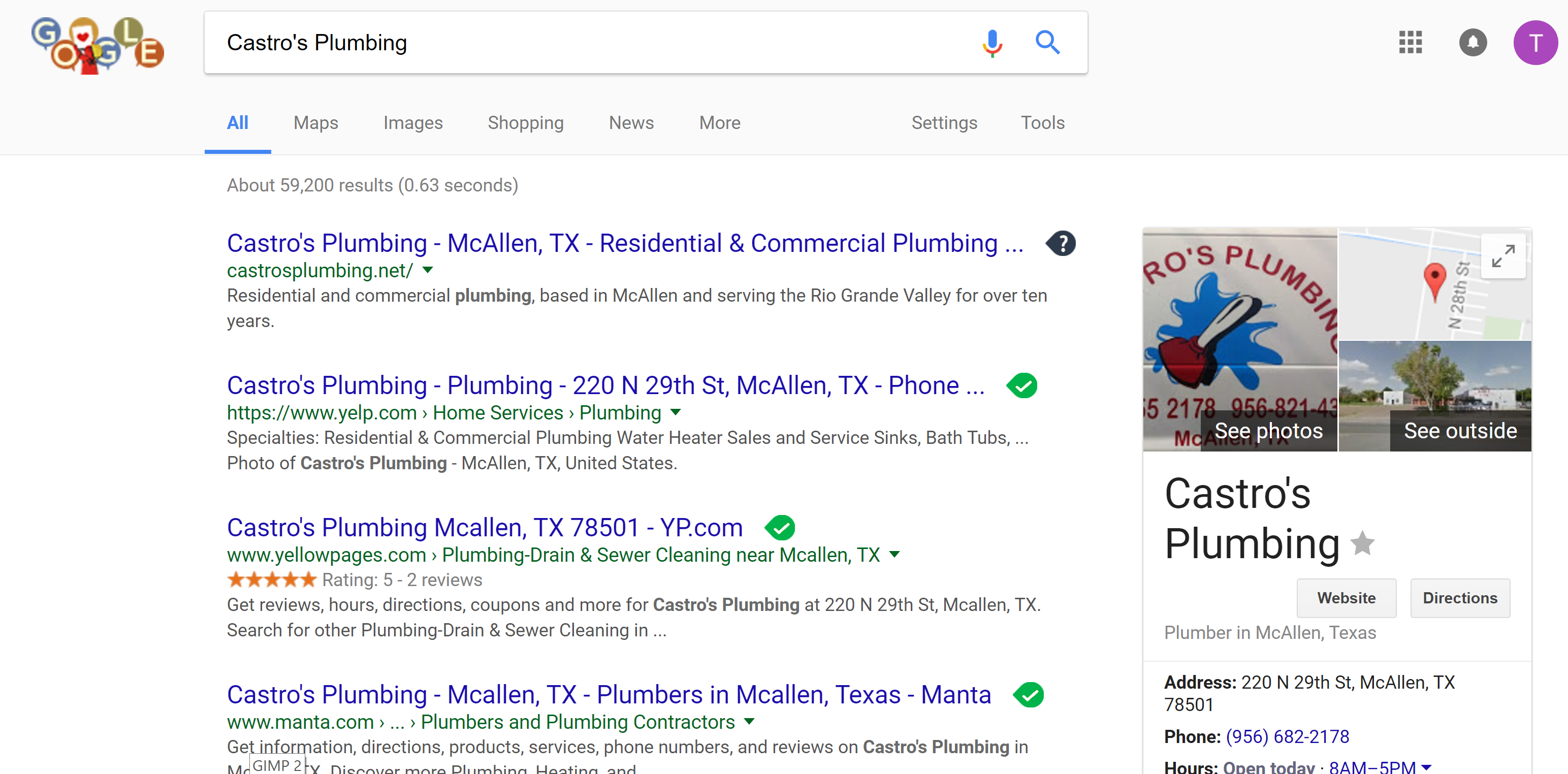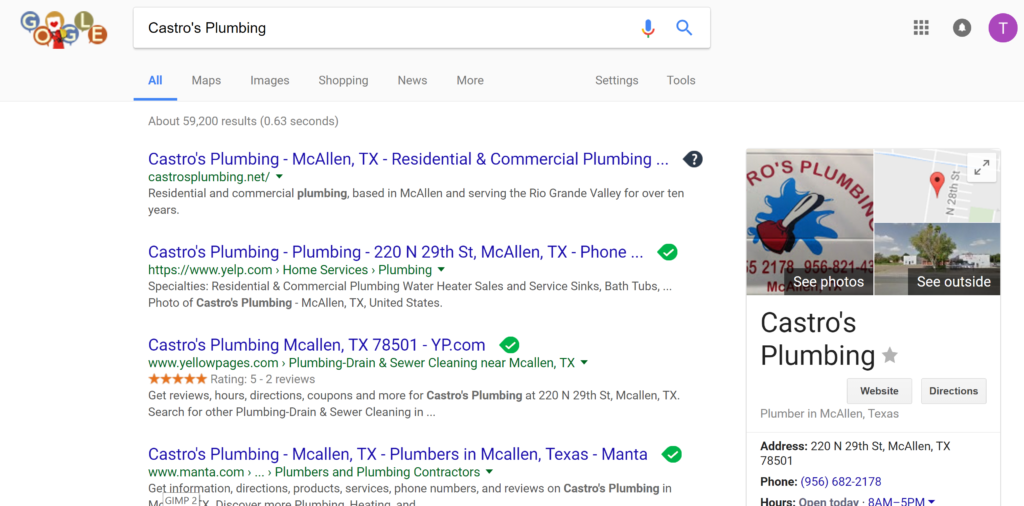Amazon’s cloud web hosting service is the backbone for much of the Internet these days, from websites to apps. Last week, an Amazon employee accidentally took down several of the company’s cloud servers, leaving many businesses offline for hours. In October, some of the most Internet’s most popular services such as Twitter, Shopify and Spotify went down due to an attack on their DNS provider. If you rely on social media and your website to promote your business, these outages are just the latest reminder that you can’t rely on any one way for customers to reach you online.
Multiple Touchpoints
Even if you don’t sell products or services directly on your website, you still need one as a resource for current and potential customers to learn what you have to offer and to be able to find and contact you. If your website goes down because of an outage at your web server, DNS provider or any number of other reasons, your customers still need to be able to find you.
Are you listed on Google and other search engines? Are you listed on Yelp, Angie’s List or other review sites? Are you on social media? More importantly, are your listings and profiles updated with all of your basic information? Any one of these will help, but ideally your information is spread across as many touchpoints as is appropriate for your business and industry.
“We’re just going to focus on Facebook.”
Here’s a scenario we’ve seen before: a business has limited their online presence to a single, but well-trafficked Facebook Business Page, and that page gets either “hacked”* or suspended. How will you communicate with your customers?
*The term “hacked” is thrown around far too easily when people lose ownership of their Facebook page. Since Pages are tied to individual accounts, and can only be administered by them, the only way your Page could be “hacked” is if you personal account was hacked. In that case, Facebook does provide tools to help you get your personal account back. If this is not the case, the only other possibility is that one of the other admins removed you, which they can do at any time (and Facebook doesn’t tell you who exactly did so). That’s not hacking–that’s poor planning.
If you’re relying solely on your Facebook Page, remember that just because you are on the biggest, most influential social media network doesn’t mean anyone can find you! If your page isn’t verified, you haven’t set a username or you haven’t properly adjusted one of the dozens of other settings available to you, your business might not come up on Facebook searches the way you might expect.
Don’t Forget About SEO
Besides possible outages or account issues, you also need more than one way for customers to reach you online for the sake of SEO (search engine optimization). It’s easier for your customers and clients to find you on search engines if you have multiple touchpoints. For example, Google searches on mobile prioritize local results. If you haven’t set up your Google My Business listing, your lonely website or Facebook page might not be enough to ensure that you come up when someone searches for your products or services on their smartphones. However, if you have a website, a few active social media accounts, a Google My Business page and a Yelp listing–all of which have at least basic information about what your business does–you’ll be much more likely to show up in that same smartphone search.
Next Steps
How does your business avoid being virtually invisible or knocked offline completely? Here’s a simple plan to follow, ideally when you are first getting your business online:
- First, you need a website. We encounter far too many businesses that start with Facebook and do everything else later. Your website should come first, even if it’s a temporary “coming soon” landing page to start.
- If that’s taken care of, connect with Google’s key services (your Google My Business listing, connecting your website to Search Console and Google Analytics) next. Google rules search, and taking advantage of their services will obviously help your business be more visible in search results.
- Your social media accounts come next–you don’t need to be on every network, but you should be on more than one. Pick a few that make the most sense for your business.
- Add your website and business profile to other search engines (Bing, Yahoo, etc) and recommendation/review sites (Yelp, Angie’s List, etc). There are some pricey services that will do this for you, but with a modest time investment you can add your own business to a handful of web listings that make sense for your brand and industry.
- Once you’re somewhat established online, focus on content. Ideally, you should regularly add new content to your website and social media accounts, as this will help with SEO.
- Finally, when things change–anything from contact information and business hours to the products and services you offer–make sure to update your website and other online accounts with the new information.
This is just a very basic overview, of course, as each of these steps could be (and likely will be) detailed blog posts of their own, but this is the direction your business should head in.




